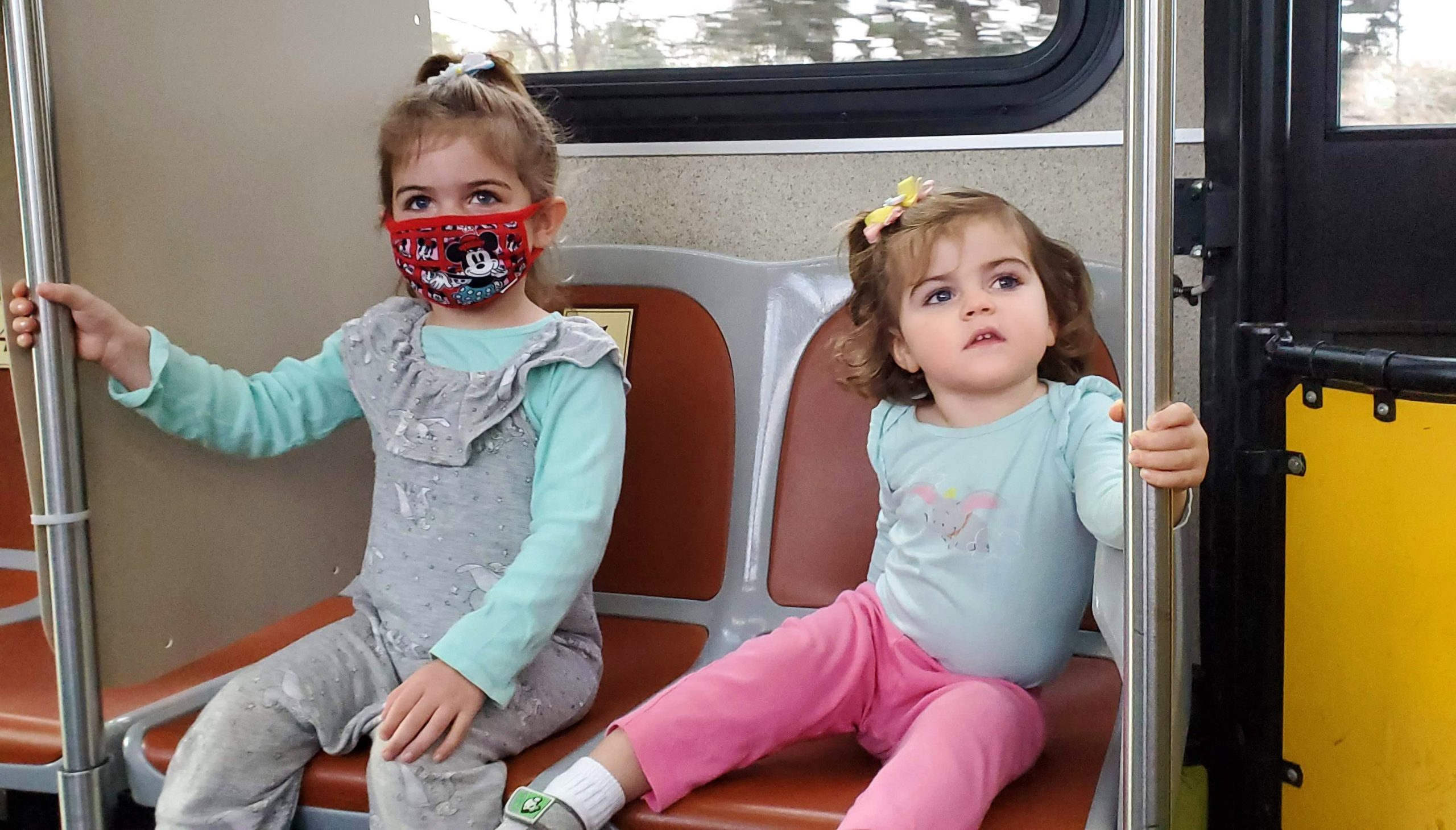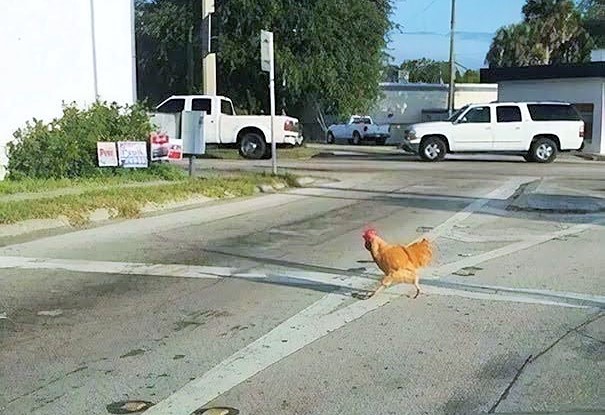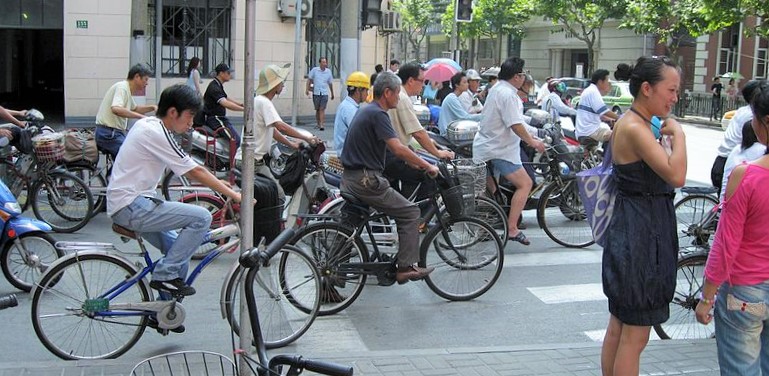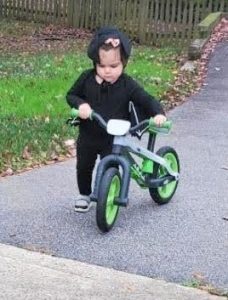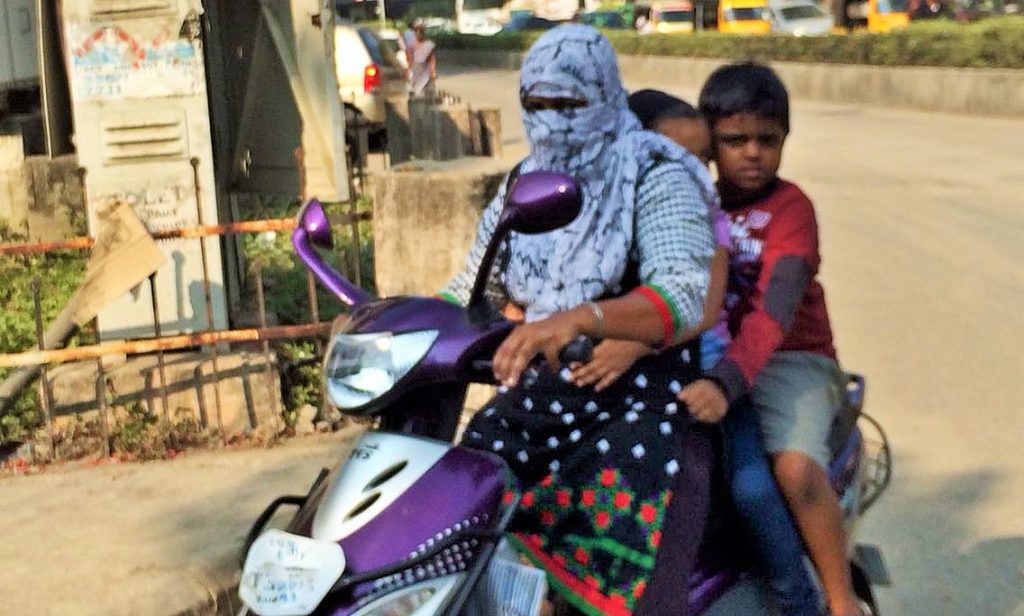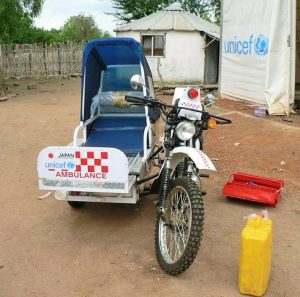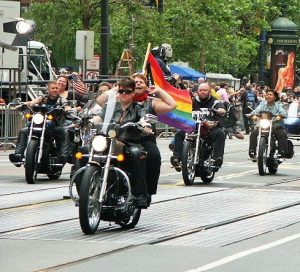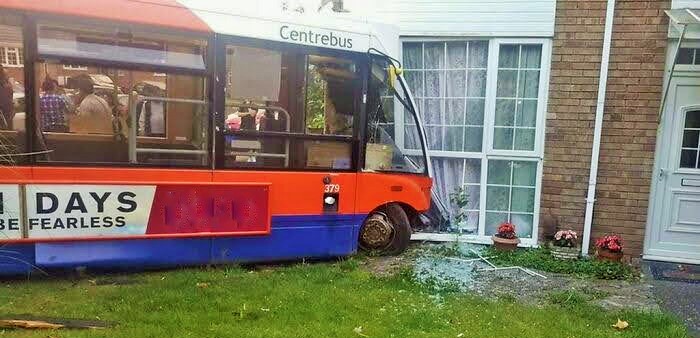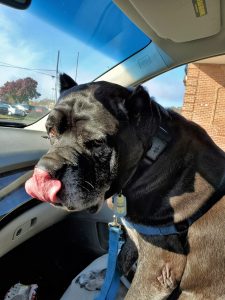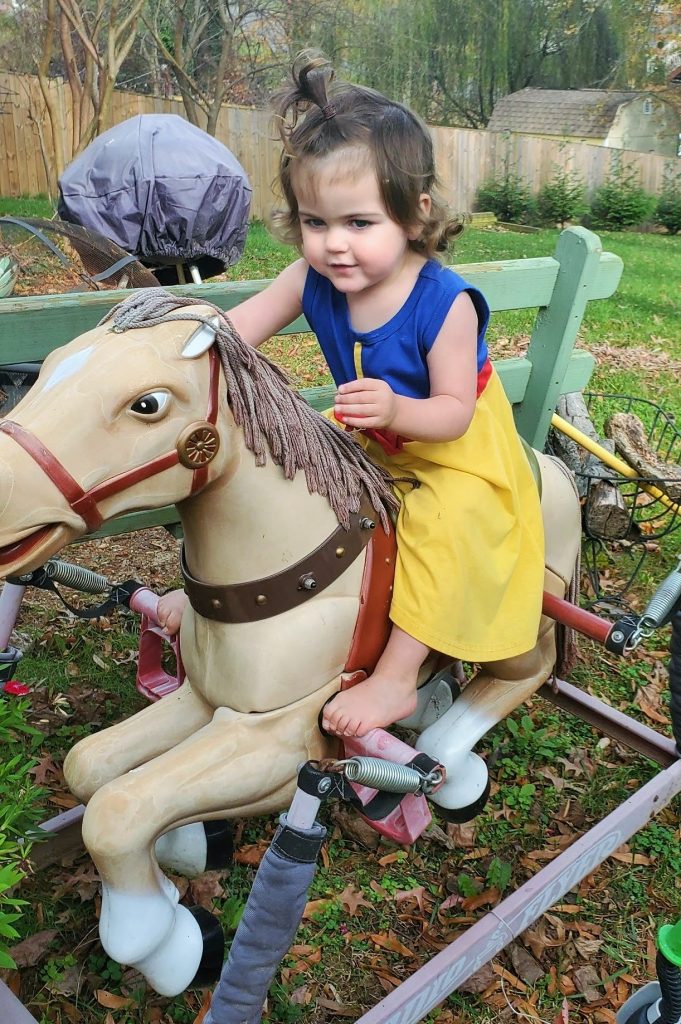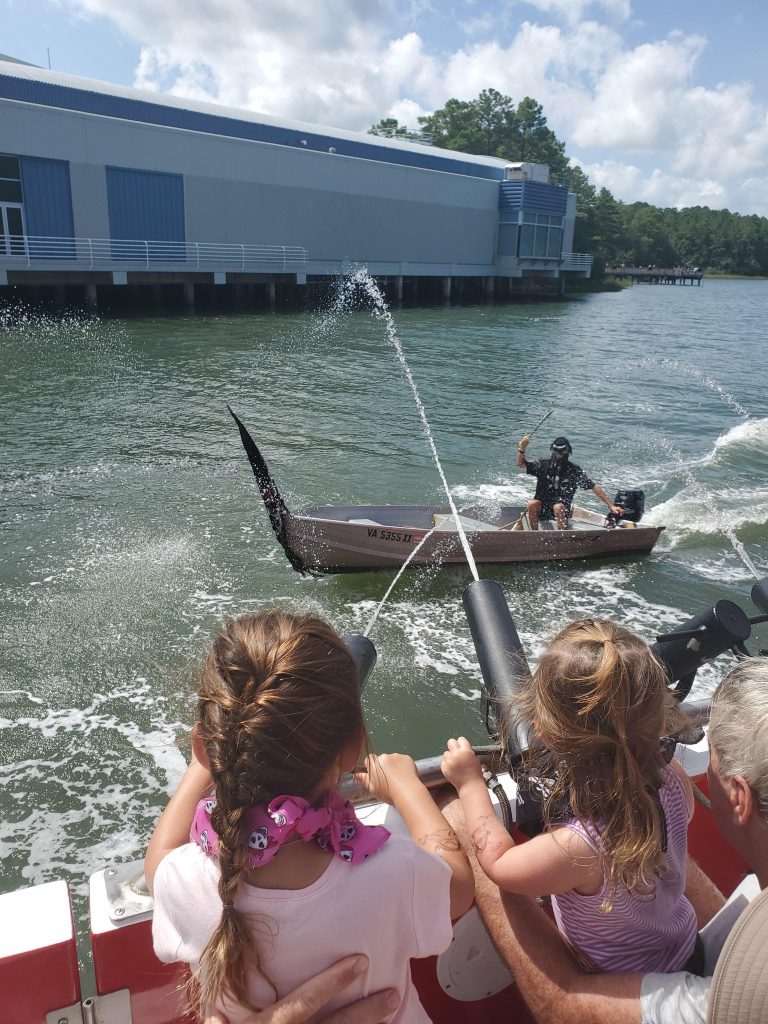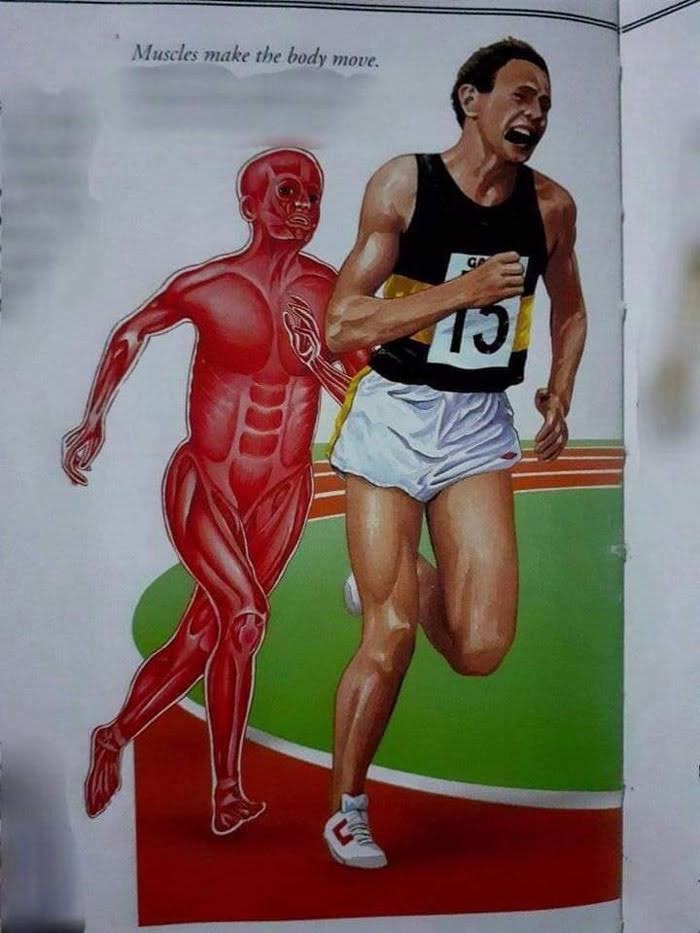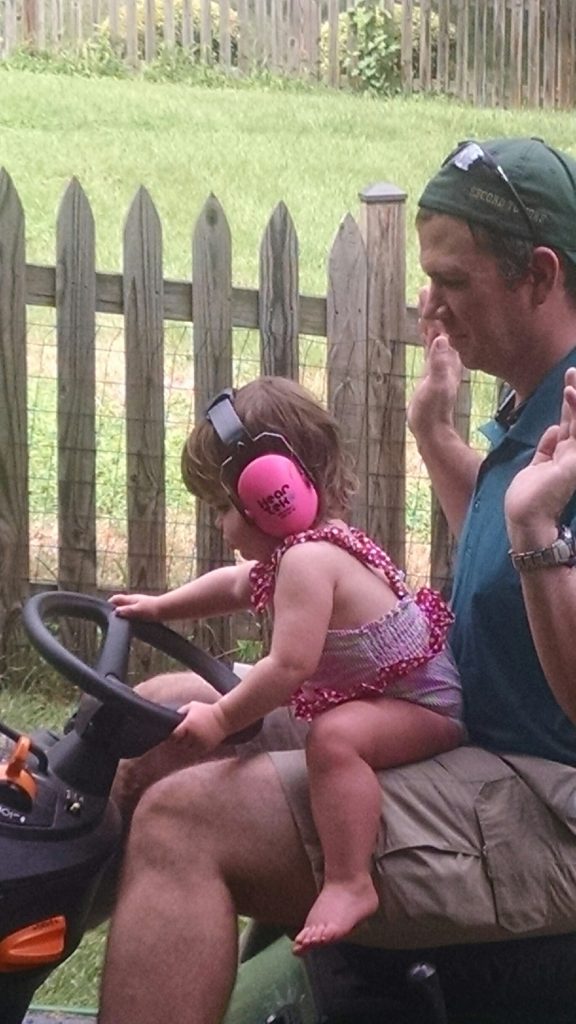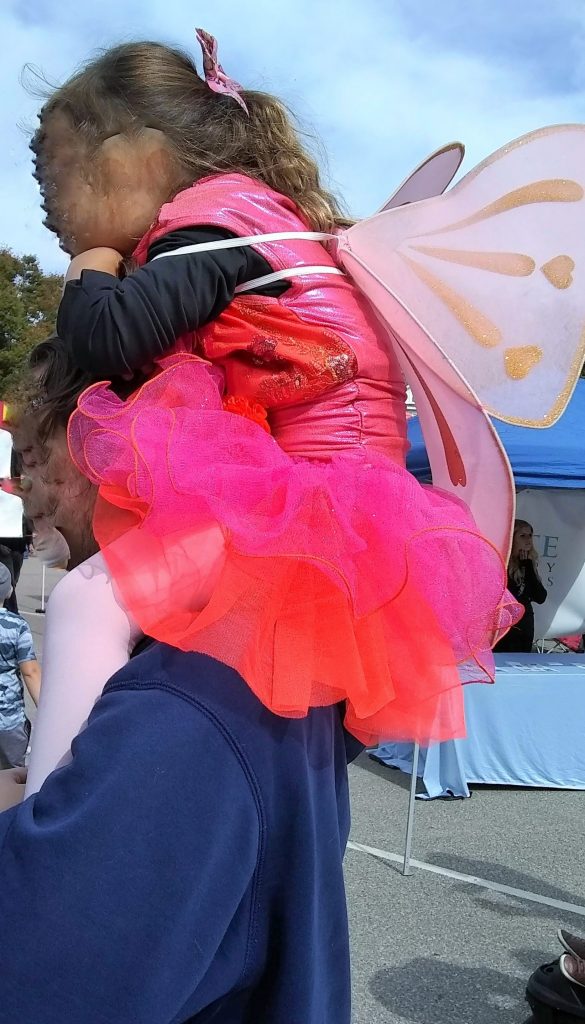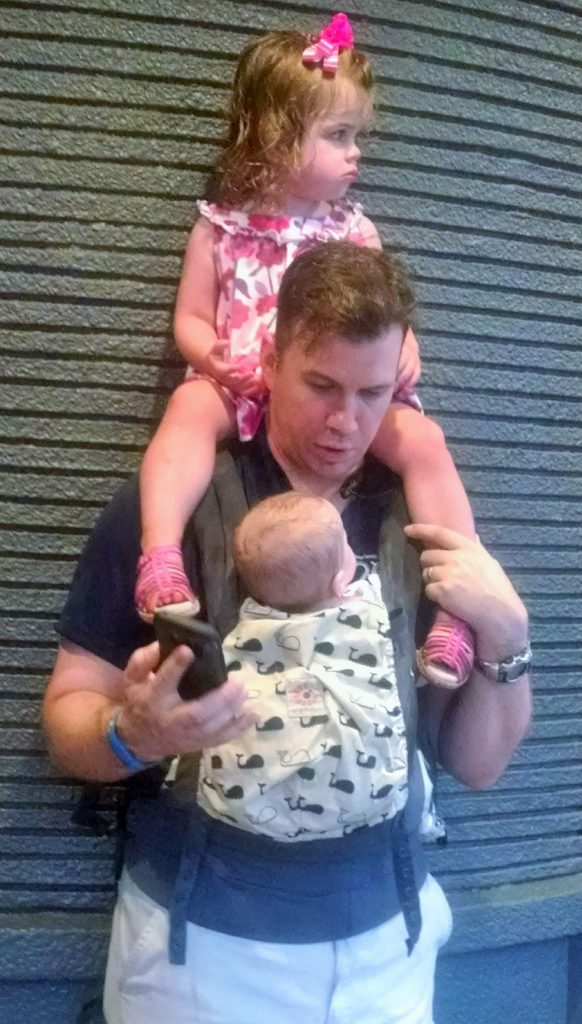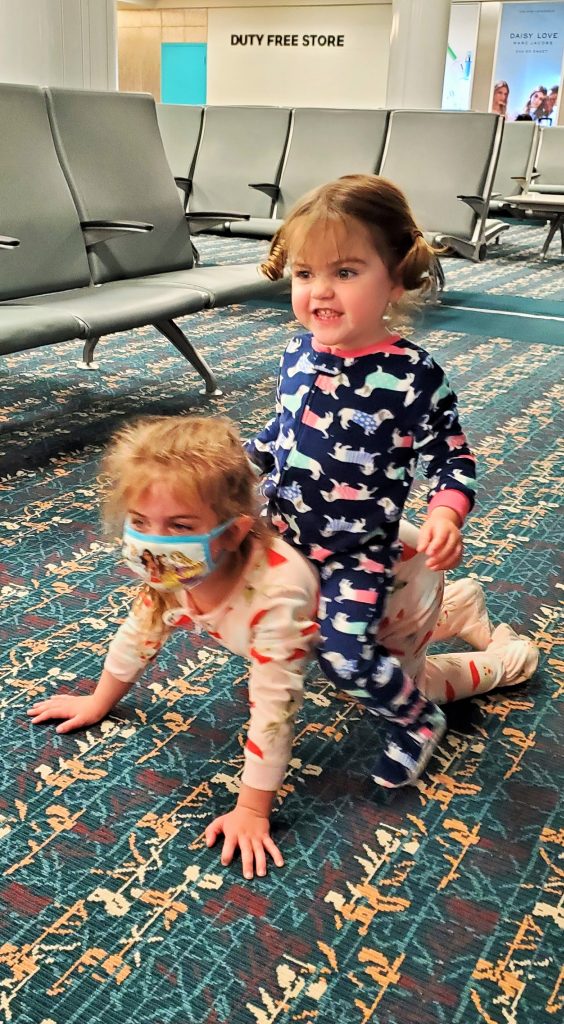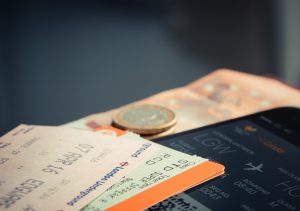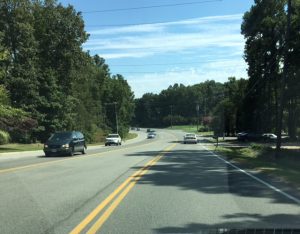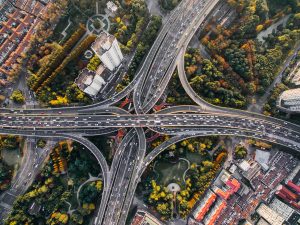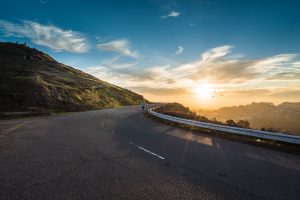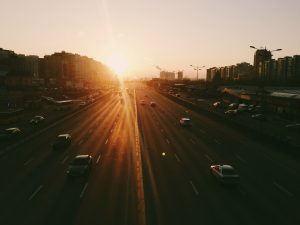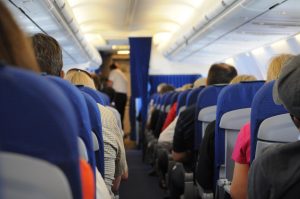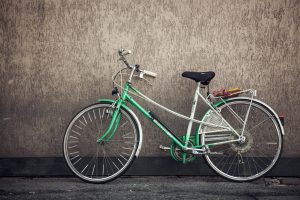Like other accouterments of our lives—housing, clothing, pets—how we get from Point A to Point B communicates to those around us—and not everyone draws the same conclusions! The following observations are some of the most common (or loudest) I’ve come across; different countries and time periods have had varied observations about modes of transportation. Like most stereotypes and public perceptions, the following are of varying degrees of truth.
As general background: when users have to decide which mode of transport to use (private car, public transport, cycling, walking, etc.) gender is often a more robust determinant than age or income!
Shank’s Mare (A.K.A. walking): the Oldest Mode
- Seldom chosen as the primary or only way to get around
- People on long pilgrimages (Hajj to Mecca, walking cross country to raise awareness for a cause, Gandhi’s march to the Sea)
- Depending on other info, may indicate poverty or health awareness
Bicycle: Impressions Depend on Model, Condition, Etc.
Bicycles, mopeds, scooters, and motorcycles are almost always two-wheeled vehicles driven and steered by one rider. The distinctions are, like almost everything else, varied around the world and prone to blurring. A bicycle is powered entirely by the rider pedaling; a moped has a small motor attached to assist with pedaling in especially difficult environments. Bicycles are relatively easily modified for people with physical limitations, compared to cars and motorcycles.
- People are in the best mood when riding bicycles
- Can be inexpensive or very expensive, depending on type of bicycle and riding gear
- Environmentally friendly
- Difficult to park securely in many places
- Primarily for physical fitness
- In fact, the vast majority of regular bicyclists in the US ride for transportation as they cannot afford a car and do not have access to public transit
- Limited passenger capacity
- Not as limited as most in the U.S. assume.
- In Copenhagen, “’Cargo-bike moms’ are gentrifying the Netherlands.”
Scooter Impressions
Scooters are powered entirely by an engine, with a foot well for the seated rider’s legs. Unlike a car, all engine controls are in the handles.
- Easy to drive
- Cheaper and slower than a motorcycle
- No safer than motorcycles
- Popular on very rural country rides for teenagers
- More popular abroad than in the U.S.
- Easier to maneuver and store in crowded areas
- Driving permit requirements are often different from those of a car or motorcycle
- Many areas don’t require permits at all
- Iran and Saudi Arabia (among others) are questioning whether scooters fall under the same laws forbidding women to drive
Motorcycle Rider Stereotypes
Motorcycles and scooters are very similar, but a motorcyclist sits astride the seat. The engine of a motorcycle is generally more powerful than that of a scooter.
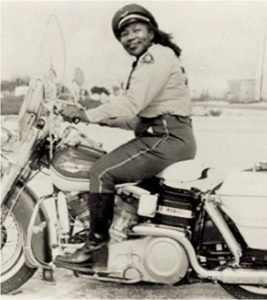
- Violent
- Gang members
- Harley riders are elitist and only care about brand; Other riders are effeminate
- Reckless behavior
- Stunt hooligans on the road
- Prone to road-rage
- Have a death wish
- Emergency Response personnel sometimes refer to motorcycle riders as “Organ Donors,” but that is more because of the lack of safety gear than specific behavior patterns
- Car haters
- Uneducated rednecks
- All young riders prefer sports bikes
- Physically tough appearance
- Men have long, unkempt beards
- Tattoos are common
- Women dress provocatively
- Lots of black leather, chains, spikes, gang markings, etc.
- Gear is chosen to look tough rather than for practicality
- Many of these perceptions are based on Hell’s Angels and other “outlaw motorcycle clubs”
Multi-Passenger Public Transportation
Public transport is much safer than automobiles (the above photo is an exception). For example, bus and rail travelers are 20 times less likely to die en route than drivers. Even if self-driving and safety technology could reduce car by 90%, fatalities per passenger mile would still be twice as high in private automobiles.
- World-wide, the largest share of public transportation users are women
- Bus and train riders experience the most negative emotions
- Bus: poor people who cannot afford a vehicle/gas;
- homeless/mentally ill people seeking temporary shelter from the elements.
- Subway: city-dweller
- Train: long-distance commuters;
- More common in Europe and Asia, where train systems are much more comprehensive
- Plane: long-distance (business or pleasure) travelers of means
- Bus: poor people who cannot afford a vehicle/gas;
Individual Cars
- The second happiest people are car passengers, followed by car drivers
- Carpoolers: cut down air pollution
- Lessen expenses of gas/parking
- Private chauffeur
- Renting a limousine or similar
- Driver alone: not sociality responsible
- Selfish or ego-centric
- Taxi/Lyft/Uber: short distance trips for those valuing convenience
- People who cannot drive for whatever reason (inebriation, tourist, moving larger than normal cargo, etc.)
- Consider the possible conflicts between traditional taxi services and Lyft or Uber style companies, or even the conflict between drivers and management within those companies
- Car drivers are so common that to dig into assumptions, it’s necessary to get into make and model
Other
Other methods of transportation are more common outside the US. Extreme climates, different resources, and distance have made what we might see as extraordinary into the everyday.
- Dog sled, snow mobile, cross-country skiing
- Bush plane
- Tuktuk, marsrhutka, or any other kind of informal minibus system run by individual drivers
- Horseback or horse-drawn vehicle (or donkey, mule, camel, etc.)
- Canoe or kayak
- Hitch-hiking
- Rickshaw
BOTTOM LINE for writers: consider your choice and the reason for it!
